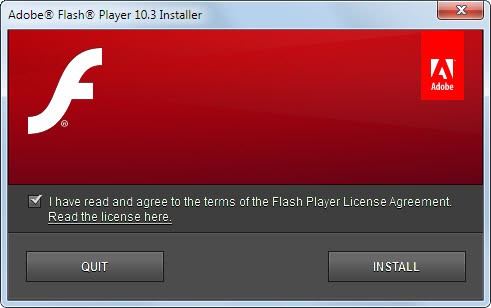
Skype
Skype :
Skype ( /ˈskaɪp/) is a proprietary voice-over-Internet Protocol service and
software application
originally created in 2003 by Swedish entrepreneur Niklas Zennström and
his Danish partner Janus Friis. It has been owned by Microsoft since
2011.
Download HERE :
The service allows users to communicate with peers by voice, video,
and instant messaging over the Internet. Phone calls may be placed to
recipients on the traditional
telephone networks.
Calls to other users within the Skype service are free of charge, while
calls to landline telephones and mobile phones are charged via a
debit-based user account system. Skype has also become popular for its
additional features, including file transfer, and
videoconferencing.
Competitors include SIP and H.323-based services, such as Linphone,
[10] as well as the Google Talk service, Mumble
and Hall.com.
Skype has 663 million registered users as of September 2011.
[11]
The network is operated by Microsoft, which has its Skype division
headquarters in Luxembourg. Most of the development team and 44% of the
overall employees of the division are situated in Tallinn and Tartu,
Estonia.
[12][13]
Unlike most other VoIP services, Skype is a hybrid peer-to-peer and
client–server system. It makes use of background processing on computers
running Skype software. Skype’s original proposed name (Sky
Peer-to-Peer) reflects this fact.
Some network administrators have banned Skype on corporate,
[14] government, home, and education networks,
[15] citing reasons such as inappropriate usage of resources, excessive bandwidth usage, and security concerns
Features
Main article: Features of Skype
Registered users of Skype are identified by a unique Skype Name, and may be listed in the Skype directory.
[21]
Skype allows these registered users to communicate through both instant
messaging and voice chat. Voice chat allows telephone calls between
pairs of users and
conference calling, and uses a proprietary audio codec. Skype’s
text chat
client allows group chats, emoticons, storing chat history and editing
of previous messages. Offline messages were implemented in a beta of
version 5, but removed after a few weeks without notification. The usual
features familiar to instant messaging users — user profiles, online
status indicators, and so on — are also included.

Skype Software Sigh in
The
Online Number, a.k.a. SkypeIn, service allows Skype
users to receive calls on their computers dialed by conventional phone
subscribers to a local Skype phone number; local numbers are available
for Australia, Belgium, Brazil, Chile, Colombia, Denmark, the Dominican
Republic, Estonia, Finland, France, Germany, Hong Kong, Hungary,
Ireland, Italy, Japan, Mexico, New Zealand, Poland, Romania, South
Africa, South Korea, Sweden, Switzerland, Turkey, the Netherlands, the
United Kingdom, and the United States.
[22][23] A Skype user can have local numbers in any of these countries, with calls to the
number charged at the same rate as calls to fixed lines in the country.
Video conferencing between two
users was introduced in January 2006 for the Windows and Mac OS X
platform clients. Skype 2.0 for Linux, released on 13 March 2008, also
features support for video conferencing.
[24] Version 5 beta 1
for Windows, released 13 May 2010, offers free video conferencing with up to five people.
[25]
Skype for Windows, starting with version 3.6.0.216, supports “High
Quality Video” with quality and features, e.g. full-screen and
screen-in-screen modes, similar to those of mid-range videoconferencing systems.
[26] Skype audio conferences currently support up to 25 people at a time, including the host.
Skype does not provide the ability to call emergency numbers such as
911 in the United States and Canada, 999 in the United Kingdom and many
other countries, 111 in New Zealand, 000 in Australia, or 112 in Europe.
[27]
The U.S. Federal Communications Commission (FCC) has ruled that, for
the purposes of section 255 of the Telecommunications Act, Skype is not
an “interconnected VoIP provider”.
[28] As a result, the U.S. National Emergency Number Association recommends that all VoIP users have an analog line available as a backup.
[29]
In 2011 Skype partnered with Comcast to bring its video chat service to Comcast subscribers via their HDTV sets





















